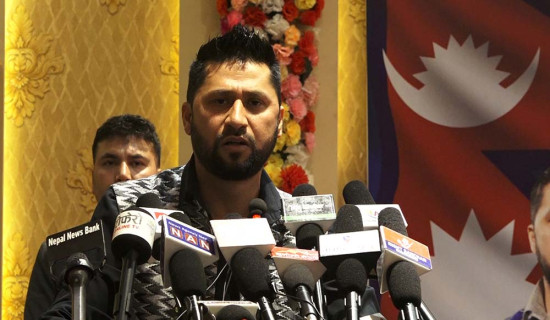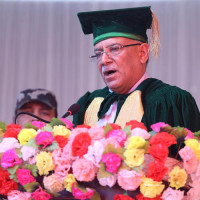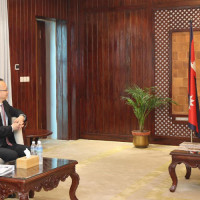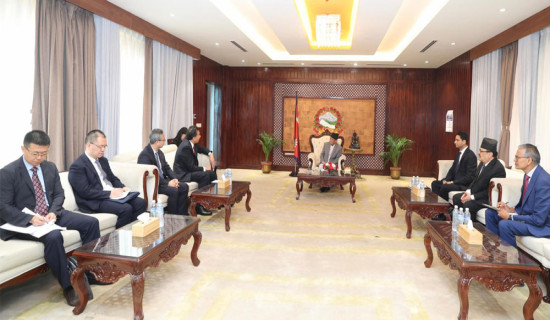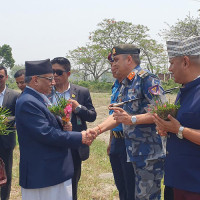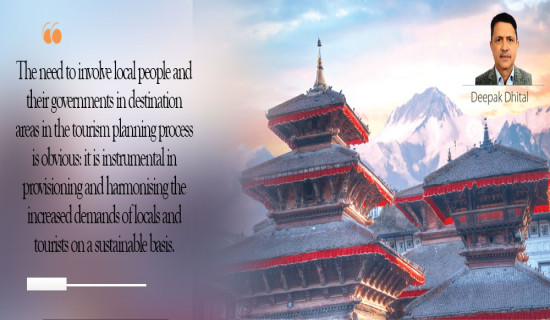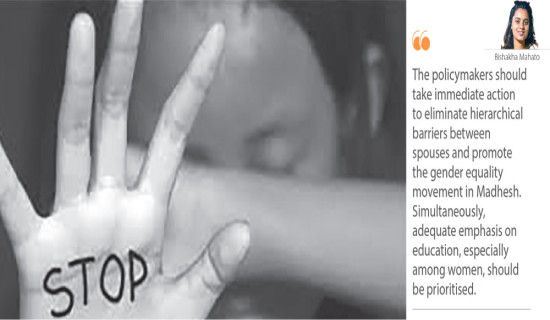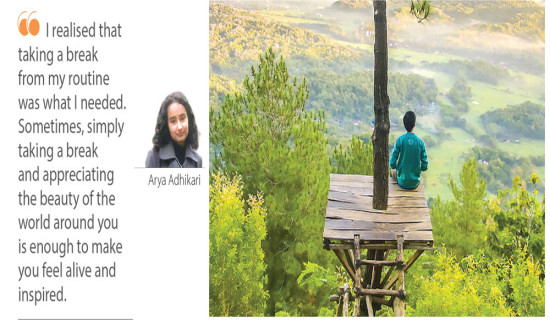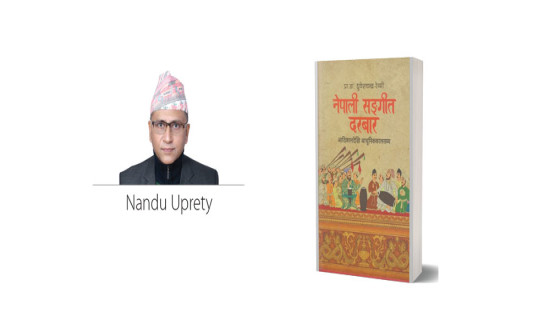- Friday, 26 April 2024
Kapilvastu Museum lying in obscurity
By Narad Kohar,Taulihawa, Feb. 4: Various artifects discovered during excavation in the ancient city of Tilaurakot over the past 125 years in Kapilvastu by archaeologists have been put on display in the Kapilvastu Museum.
However, the museum lies in obscurity. Lack of publicity and needed infrastructure are cited as the reasons. Tourists – domestic and foreign – coming to visit the historical place don’t get informed about the museum, because of which it continues to remain in the shadow.
That fact is evident from the number of tourists visiting Tilaurakot and the museum, which is just next to Tilaurakot.
Around 50,000 tourists visit Tilaurakot annually, the ancient Kapilvastu and the palace of King Suddhodhan, where the Buddha spent 29 years of his life. However, only a negligible number reach the nearby Kapilvastu Museum.
Most of the tourists arriving at Tilaurakot are accompanied by Indian tourist guides who do not inform them about the museum, said Raj Kumar Yadav, a local guide. He said, "Until the Indian guides are allowed to guide tourists in our heritage areas, the problem will persist."
According to Shanti Sherma, head of the museum, 6,729 domestic and foreign tourists visited the museum in 2022.
“Of them, 3,063 were Nepalis, 528 from the SAARC countries, 82 from the third world countries beyond the SAARC nations and 3,025 students. And Rs. 104,400 in revenue was collected from them in that year,” said Sherma. In the year 2021, a total of 6,928 people had visited the museum.
Sherma added that only a few tourists who come to visit Tilaurakot reach the museum. “As most of the foreigners come directly to Tilaurakot from Belahiya entry point in Rupandehi via Lumbini, its direct impact is noticed in the museum. The Indian vehicles and road guides return the tourists right away after showing them Lumbini and Tilaurakot,” she said.
She added if the foreign tourists were transported by Nepali vehicles with Nepali guides to Lumbini and Tilaurakot, many tourists would visit the museum.
“The Indian guides take back the tourists after showing them Tilaurakot. They do not bring tourists to the museum, nor do they give any information about it," said Sherma.
She said that if a bus station was built on the museum premises, the number of tourists might increase.
She informed that the news stories of the excavation in Tilaurakot have certainly helped increase the number of tourists to the museum, but the number is still negligible.
Spreads in an area of seven bighas of land, the museum houses various materials like terracotta vessels, copper coins and other items from the Mauriyan period of 800 BC to 600 BC and Kushan period of 300 BC. Besides, there are depictions of Tilaurakot, Kapilvastu, and archaeological sites of the greater Lumbini region.



